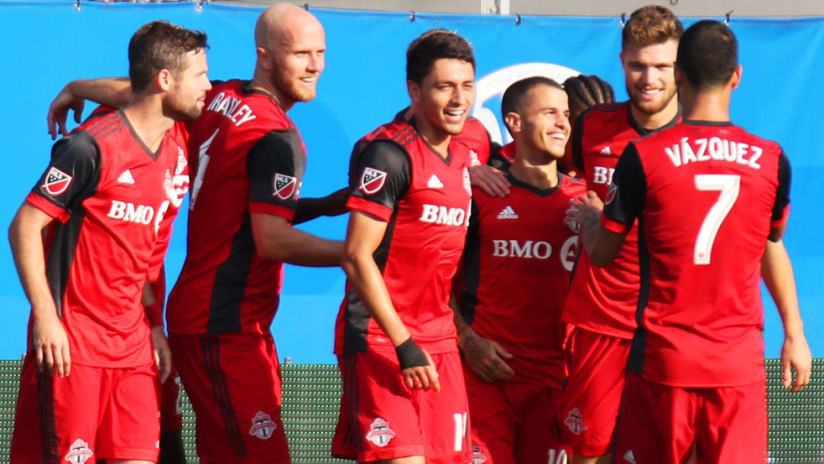Toronto FC weren’t just bad five years ago. They were the “worst team in the world,” according to Danny Koevermans.
“Name me one team in the whole world that is 0-9,” TFC’s Dutch striker famously responded, referring to TFC’s humiliating start to the 2012 season.
The Reds cemented themselves as one of the worst teams in MLS history that year after failing to collect a single point through the first 70 days of the regular season. What’ s more, TFC ended 2012 with a 14-game winless run that would end up spanning two seasons. Before long, TFC had collected a single win from 27 consecutive MLS fixtures. To put that level of ineptitude into perspective, TFC earned 52 combined points in 2012 and ‘13. This year they've been on pace to break the MLS all-time, single-season points record.
Toronto FC’s stark turnaround from MLS laughingstock to – perhaps – the “best team in league history” has been a three-year process other clubs should heed.
It’s a process that began before the 2014 season, when ex-MLSE CEO Tim Leiweke severed ties with Kevin Payne before installing GM Tim Bezbatchenko in his place. Toronto FC’s rise can be attributed to a process that began shortly thereafter, culminating in what’s undoubtedly the best team right now in MLS. Here’s how they did it:
Establish a vision
Toronto FC didn’t have one before 2014.
Expectations weren’t clearly defined. The Reds – staff, players, the board – had no idea how they wanted to build a roster.
Then came Leiweke. Toronto FC’s bold and brash head honcho went straight to the top, demanding a DP spending spree to satisfy TFC’s market.
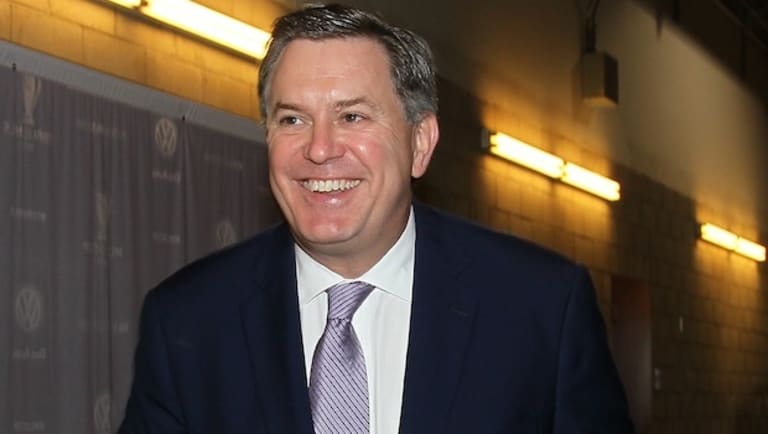
Leiweke’s vision was LA Galaxy-like at its core – a roster comprised of a trio of difference-makers surrounded by a solid roster of MLS contributors.
Billed as a salary-cap genius, Bezbatchenko was hired soon after to help see out a vision that hinged just as much on role players as big name stars.
His mandate was clear: Tear it all down, restructure the cap, and be competitive in the Eastern Conference within a year.
Identify a leader
Leiweke’s vision hinged on finding a transcendant figure, a Designated Player who embodied Toronto FC and the community.
Enter Michael Bradley. The US international has been a beacon in the dressing room and is one of the most visible and composed DPs in league history – on and off the field.
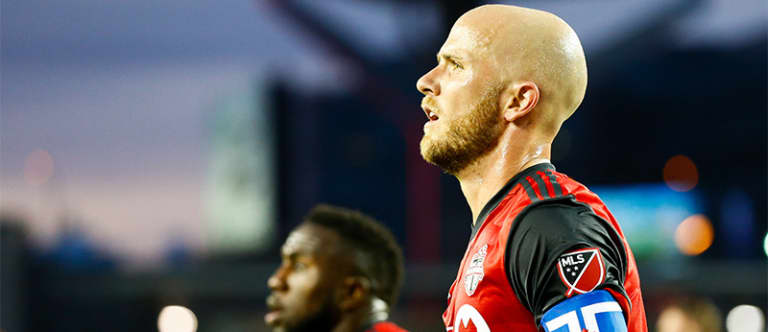
As Leiweke told the Toronto Sun, “Michael is a fierce competitor and a character guy — probably the most character athlete I’ve ever been around.
“We understood we needed a guy that would imprint his character on the culture of the organization. You have to have one of those.”
Remember, Toronto FC were mocked three years ago when they made the high-priced signing. Not anymore.
Get DPs right
It hasn’t all been smooth sailing.
The kerfuffle surrounding Jermain Defoe’s arrival, topsy-turvy stay and eventual departure was a stain at the start of TFC’s rebuild.
That said, TFC credit the Defoe saga – one they learned valuable lessons from – for delivering Sebastian Giovinco and Jozy Altidore, the best attacking tandem in the league.
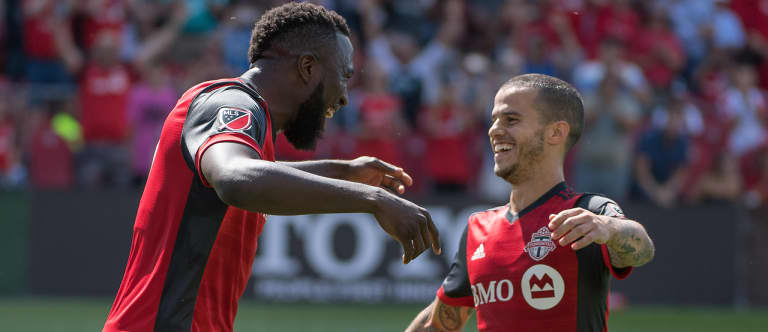
In MLS, your highest-paid players have to be your best players considering a single DP contract eats up roughly 12-percent of a club’s salary cap budget.
One bad DP contract can create the difference between a solid-to-good club and a championship team.
Stand by your man(ager)
Front office alignment was a principle concern for Toronto FC entering 2014.
Former coach Ryan Nelsen quickly found himself at odds with a fresh leadership group that eventually pegged Greg Vanney as the answer.
Vanney had a suitable disposition and CV to handle the club’s big personalities – Bradley, Defoe and, eventually, Giovinco and Altidore.
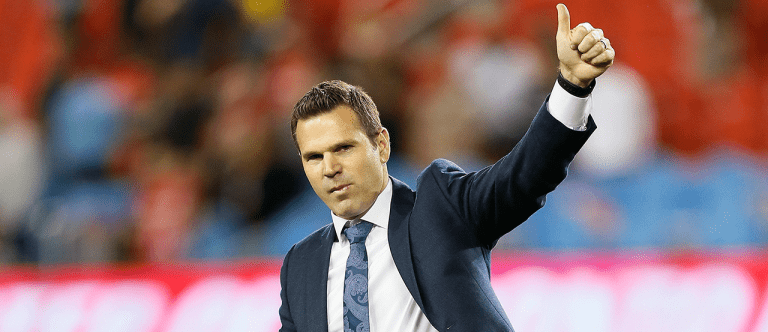
But a poor (2-6-2) finish under Vanney to the 2014 season tested Bezbatchenko and Leiweke’s mettle even further.
Amid TFC supporters – and some media – questioning Vanney’s competence, the club’s front office blocked out the noise and refused to give in.
Calls for Vanney’s removal even persisted through the beginning of last season. They were rightly ignored by new president Bill Manning.
Slowly add pieces
At the end of the day, much of this comes down to player evaluation. Either you can or can’t identify talent. Either you have a top scouting network or you don’t.
Toronto FC’s player acquisition process has been three years in the making – and spans all mechanisms for acquiring players.
The Reds have drafted well and traded well and convinced free agents to join the fold in an effort to compliment their Designated Players.
Successful teams in this league find ways to acquire championship-caliber talent through any means necessary.
Goalkeeper Alex Bono was a first-round MLS SuperDraft pick in 2015. Midfielder Marky Delgado was a targeted selection in the Chivas USA dispersal draft.
Starting center back Eriq Zavaleta – Vanney’s nephew – was acquired for a bag of balls from the Seattle Sounders around the same time.
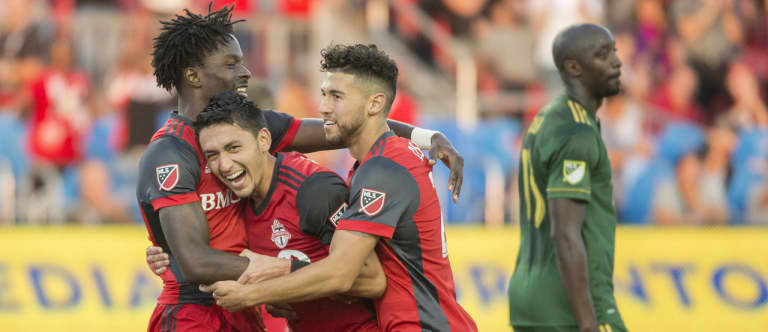
Supporters and media and, perhaps, even the players themselves had no clue they’d play such a big part in TFC’s title aspirations almost three years later.
In glaring need of more defensive support, TFC then targeted a trio of defensive-minded players.
Free agent center back Drew Moor was wined and dined before joining the fold and midfielder Will Johnson (now with Orlando City SC) was brought in to add grit.
Toronto's front office quickly snatched up fullback Steven Beitashour upon hearing the Vancouver Whitecaps were shopping a player the Reds knew would fill a void.
More than half of TFC’s current starting lineup has been acquired via drafts, trades or free agency – mechanisms that often take a back seat to international transfers.
Stay the course
Continuity has been a hallmark of Bezbatchenko’s tenure.
It’s one thing to acquire solid-to-good players. It’s another thing to keep them, thereby giving the right coach time to mould them.
Toronto FC retained 15 of 18 players rostered for last year’s MLS Cup – including every starter from that memorable shootout loss.
Entering 2017, TFC’s front office knew how it wanted to play. The Reds knew what they needed to become an even better version of themselves: A left-footed center back, an attacking midfielder and right fullback depth.
Having exhausted all avenues, Toronto FC’s top brass looked outside the league.
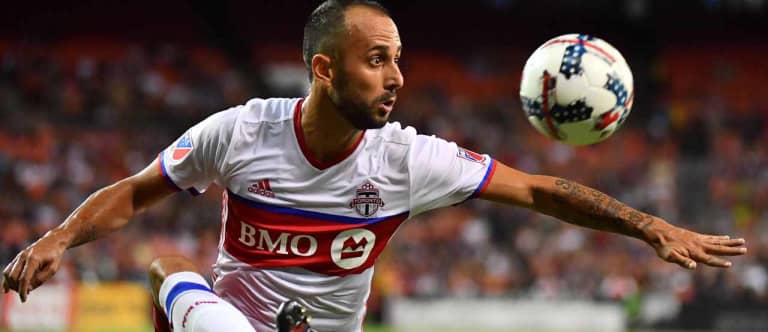
Playmaker Victor Vazquez, a player TFC nearly made a DP two years ago, was signed using Targeted Allocation Money. And defender Chris Mavinga was identified as a player languishing at Russia’s Rubin Kazan. Fullback Nicolas Hasler was unearthed from tiny Liechtenstein. All were a product of TFC’s extensive scouting network.
When difference-makers are added to a solid – and cohesive – foundation, the transition is easy.
A proper vision and success breeds something within players that makes them want to stay or join an organization.
Veterans like midfielder Benoit Cheyrou and defender Jason Hernandez tacked on an extra year to their careers to take another run at MLS Cup.
Both agreed to salary cuts in favor of being part of an organization they believe in.
Hasler is in a similar situation after agreeing to join the Reds this season in hopes of earning an extension to stick around in 2018.
Each are low-budget players who have helped the Reds immensely this season. They’re also the type of low-budget, high-impact signings that will be critical when Toronto FC enter CCL play next February.
Which brings us back to TFC’s vision.
Toronto FC’s newly stated goal isn’t just to win MLS Cup this season – it’s to make even more noise by winning the 2018 CONCACAF Champions League next year, which would make for yet another MLS first.
Who wouldn't want to be a part of that?
Kurt Larson is an MLSsoccer.com contributor who covers Toronto FC for the Toronto Sun and the Canadian national teams for Postmedia.

